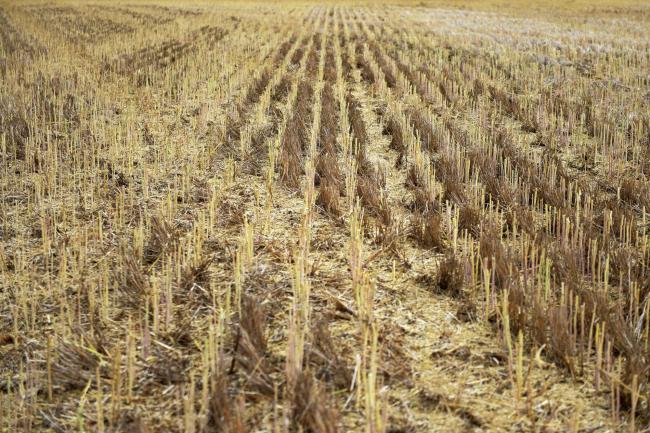This post was originally published on this site
https://i-invdn-com.akamaized.net/content/picd17f7fe570a9d2dee89c819e16961b7c.jpg
(Bloomberg) — Melbourne-based company AgBioEn will start construction next week on a A$2 billion ($1.35 billion) project to turn agricultural waste into energy for use in food production.
The facility at Katunga in Victoria state is the first of its kind in Australia, the company said in a media statement, converting organic waste materials such as cereal straw into electricity, renewable diesel and jet fuel, and fertilizer.
“All agricultural land used to supply biomass to the facility will also be used to cultivate food crops,” said Program Director Lubey Lozevski. “It is a priority for AgBioEn that no agricultural land is taken away from food cultivation to create fuels.”
About 75,000 hectares of land will be used by 2023 to supply biomass to the facility, while hydroponic tomato grower Katunga Fresh will take power from the project to add more glasshouses to its operation.
Australia is gradually waking up to the potential of bio-energy generation with three major projects in development across the country using household waste as a feedstock.
Fusion Media or anyone involved with Fusion Media will not accept any liability for loss or damage as a result of reliance on the information including data, quotes, charts and buy/sell signals contained within this website. Please be fully informed regarding the risks and costs associated with trading the financial markets, it is one of the riskiest investment forms possible.

